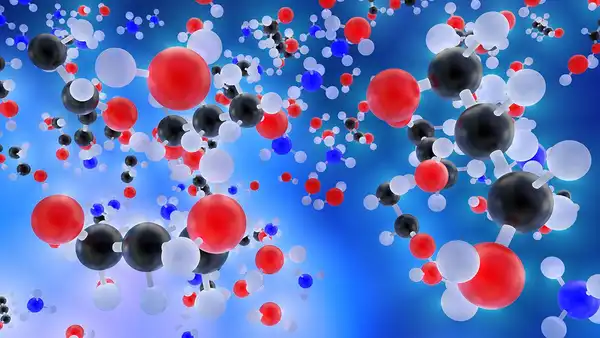
Everything you need to know about stem cells
What are stem cells, and what makes them so unique? What are the different types of stem cells, and how have they impacted modern medical science? Here is us answering all your questions about stem cells.

A chemical reaction, simply stated, is the conversion of reactants into products. Consider the following simple chemical reaction where nitrogen dioxide decomposes into nitric oxide and oxygen.
This reaction, in reality, is believed to progress in two steps as shown below,
However, only the products and can be detected. This is because, in the first intermediate step of the reaction, the production of is transient and takes place within, literally, no time. Instantaneously, decomposes into . Therefore, measure of transient intermediate steps of a chemical reaction is very difficult and in many cases, impossible. Knowledge of these intermediate steps of a chemical reaction is very useful. This will allow “quantum-state control” over the outcome of chemical reactions of interest to us.
Researchers have now come closer to achieving this quantum-state control by directly observing transient intermediates in a chemical reaction. They achieved this feat by cooling down the reaction (Hu et al., 2019) to almost “absolute zero degree kelvin”. At this ultra-low temperatures, molecules have so little energy that, in effect, their reactivity is slowed down. Therefore, an otherwise transient intermediate will become stable for a longer time in ultra-cold conditions.
Researchers trapped potassium-rubidium gas molecules in a chamber at an extremely low temperature of only kelvin or 500 nanokelvin. In this chamber, gas molecules were constantly reacting with each other. researchers were able to detect the intermediate molecules for the first time along with the reactants and products as per the following reaction.
According to the author’s who performed these experiments and published it in Science, this research opens up many avenues. Specifically, in quantum mechanics which is a field of science that is used in engineering and machine designing.